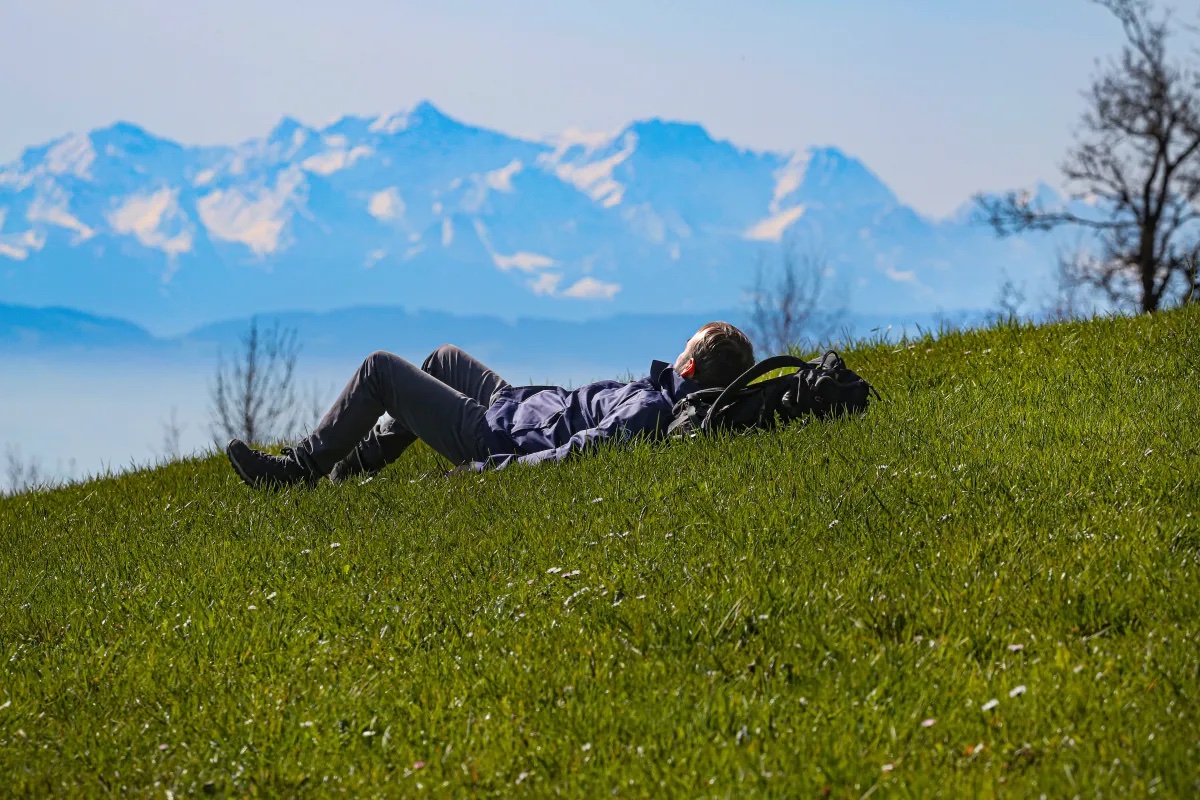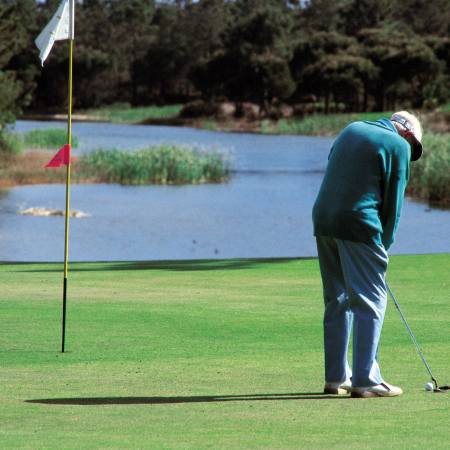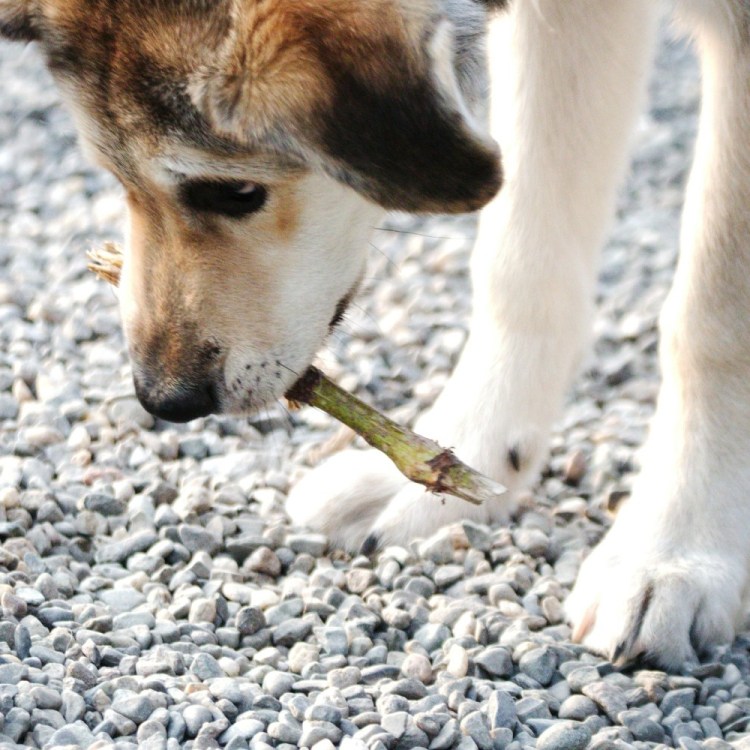According to an EPA analysis, the average American spends 97% of their life inside.
The overwhelming majority of that time is spent inside buildings, a little bit of it is spent in cars and whatever’s left is spent outdoors. That’s a crying shame, considering outdoor activity promotes mental health and creativity, works out the legs and lungs, and boosts our exposure to Vitamin D (great for bone health) and our production of melatonin (great for sleep).
It’s a wellness feast, basically, but too many of us are starving…by choice. Why? Well, we’re too comfortable. In his book The Comfort Crisis, Michael Easter wrote about how couches, screens and fast food have gotten us stuck in a negative feedback loop (which plays out, of course, indoors). To shake out of the rut, Easter ventured all the way to the Alaskan wilderness. At one point, he was even charged by caribou.
You don’t need to make such a drastic change, though. In his book, Easter cited research by a then-postdoctoral fellow named Rachel Hopman, at Northeastern University. Dr. Hopman analyzed the studied the neurological changes from multiple days spent in nature and formed a loose “rule”: 20-5-3.
Everyone, she told Easter, could benefit from the framework: 20 minutes in green environs, three times a week. Five hours somewhere deeper in nature, each month. And three days off the grid completely, each year. At a time when some doctors are literally prescribing time in nature for their patients, we think this is one of the most attainable game plans out there. We break it down below.
“Eustress” Is a Secret Superpower. Here’s How to Embrace It.
The friendly stressor offers a blueprint for better livingDaily Dose: 20 Minutes
According to Hopman’s research, you technically only need to spend time in green spaces three times a week in order to see benefits. Namely: reduced levels of cortisol in the bloodstream, plus improvements in cognition, memory and mental health.
But as the ask is so light here (just 20 minutes?!) we’re sure you can turn it into a daily habit. Start by broadening your definition of “green space.” This doesn’t have to be a field trip to a botanical garden; keep it simple and pop to the closest pocket park to your office. The idea is to reorient yourself with natural surroundings and allow them — the leaves, a pond, cries from birds, whatever — to wash over you, to help you cultivate an island of calm.
It’s no surprise that any meditation app worth its salt makes use of lapping waves and pattering raindrops…not the honk of horns. (Recent research, in fact, has even linked noisy neighborhoods with dementia risk.) It may feel like a chore to leave your desk and walk a bunch of blocks until you encounter some trees, but it will be worth it…and you’ll come to cherish it. One note: do not, under any circumstances, bring your phone along. It’ll sabotage the benefits.
Monthly Immersion: Five Hours
This one’s a bigger lift. It’ll take some planning, some commitment and unless you live in the foothills of a state park, some type of commute.
While a regular walk to something nature-like is good for your spirit, it’s critical that you set aside time for real, proper outdoors, too, to the tune of one or two sessions a month. Play around on Google Maps (turn on the satellite feature). I’m still shocked by the sheer variety of forest and beach trails in my backyard…and I live in New York City. You shouldn’t have to consider yourself an “REI type” to make time for places quieter and wilder. You deserve a day of fresh air, too.
If you have concerns before setting out — you don’t want to drive too far, you don’t want to hike, etc. — ease them by keeping the experience as low-stakes as possible. And bring a friend or partner along. Similar to those 20-minute daily sessions, you’ll come to rely on these monthly immersions for energy, healing and inspiration.
Annual Reset: Three Days
I’d consider this final “level” of the 20-5-3 Rule something to work up to. You don’t have to immediately plan an off-grid adventure for this year in order to be considered a success in the mental health department. If you’re struggling with getting in enough nature on a weekly or monthly basis, work to optimize that first.
That said, if you’re feeling confident and inspired, the three-day effect is grounded in science. Consider: the University of Utah’s Dr. David Strayer conducted an experiment with a troupe of Outward Bound backpackers, dividing them into two groups. One group took a RAT test (a 40-question word association game meant to measure creativity) before their off-grid trip and the other took it after. The latter group outperformed the former by 50%. Time spent beyond Verizon Fios cables appears to firmly “rewild” our brains, harkening them back to an introspective base setting that’s otherwise bogged down by emails, calendars and doomscrolls.
Off-grid retreats can be expensive, and pulling them off in the wild requires some expertise. We recommend renting a secluded cabin somewhere. Bring the food you need and make sure there’s no wifi (so even if you bring your phone, there’s nothing you can do with it). Pack some books and journals so you can do “something,” but as the great Neil Gaiman says, it’s important to give yourself the space and permission to do nothing, too. Surrounded by more trees than power lines, that’s where the real magic happens.
The Charge will help you move better, think clearer and stay in the game longer. Subscribe to our wellness newsletter today.



















